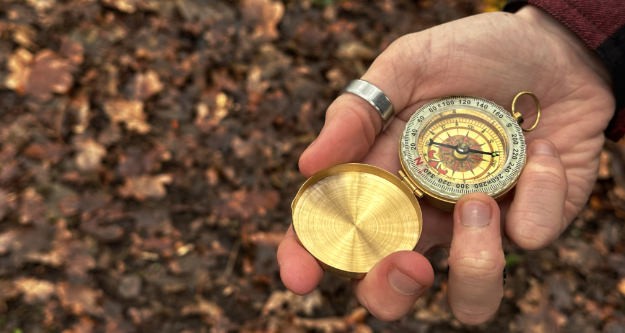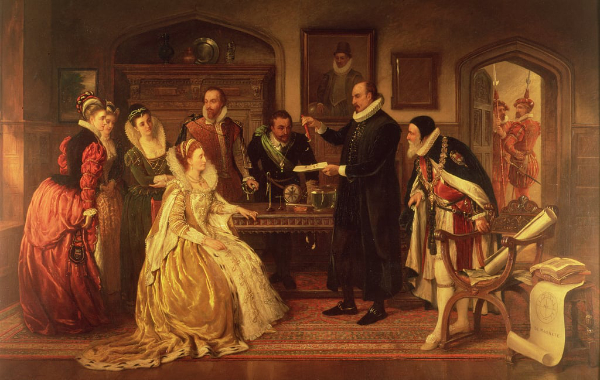
The Compass: A Look at History
Jan 21, 2024
Jay
Land Navigation
We probably all know this simple object. It’s well known throughout history and seen in many films and stories. The compass has become a staple of adventure and exploration with a likes as Indiana Jones and Capt. Jack Sparrow all wielding it during their travels.
But this small little object has a rich and interesting history and is actually known as one of the four greatest inventions of ancient China next to the other big pillars as gunpowder and the art of printing.
The History of the Compass
The compass has been around for a very long time, the first versions were found around 200 B.C. in China during the Han Dynasty. Were they where originally designed for the art of divination.
Not much is known and documented about that part but it is believed that the spirits messed with the magmatic fields in the area. What we do know is that around the 11th century during what was called the Song Dynasty the use of the compass slowly shifted towards a more navigational tool, where this was eventual adapted by Westen Europe at the end of the 12th century.
Navigation in those days was mainly done with landmarks or natural occurrences such as mountains, large buildings or with the sun at day time and the stars at night. And with compass being a relatively new tool this was not much trusted and often only used as backup or last resort.
However over time the compass became more well known and more reliable slowly earning its spot as one of the best navigational tools ever created.
The World is Magnetic
With a history as long as that of the compass it’s no surprise that there are many different versions and iterations of compasses. Such as baseplate or button compasses, lensatic compasses but also gyros-compasses and liquid damped compasses.
Every compass has its own usage and strengths but in the basics they al work the same way. In it’s basics, a compass is actually nothing more than a simpel needle suspended on a pivot point. This needle is made out of a magnetised metal following the magnetic lines of the earth.
The magnetic north and South Pole are actually reversed within the earths core. Making North attract towards North.
Something to note is that what we should note is that wat we now call Magnetic North is not the same as True North. True North, or Geographical North is a fixt point on top of the globe and points toward the Geographical North, where the Magnetic North is a point that moves over time.
In 2001 Magnetic North was located just west of the Ellesmere Islands in northern Canada and was reported to be moving towards Russia in 2009 at around 60km (37 miles) per year. The distance between the Magnetic and the Geographic North was in 2013 measured at approximately 800 km or 500 miles apart.
An Old English Pioneer

In the early days, European cartographers and navigators believed that the compass was attracted towards Polaris, or better known as the pole star. But it was the English physician William Gilbert who around the year of 1600 proposed the theory that the Earth itself was acting as a giant magnet.
Gilbert argued that the center of the earth was made of iron and laid the connection related to the properties of magnets. One year later, he was appointed as the personal physician of Queen Elizabeth I and is still, to this day, seen as one of the two great pioneers of modern science, besides a well known man named; Galileo. Whom on his turn probably used Gilberts work as inspiration for his work on powerful lodestones.
Conclusion
So in short; the basics of the compass are in a wide variety of fields and its history is noting less than interesting. Now that you are more up te speed with how they work, your next step would be to pick one up and use it in practise. For more help check out our how to use article on compasses.
